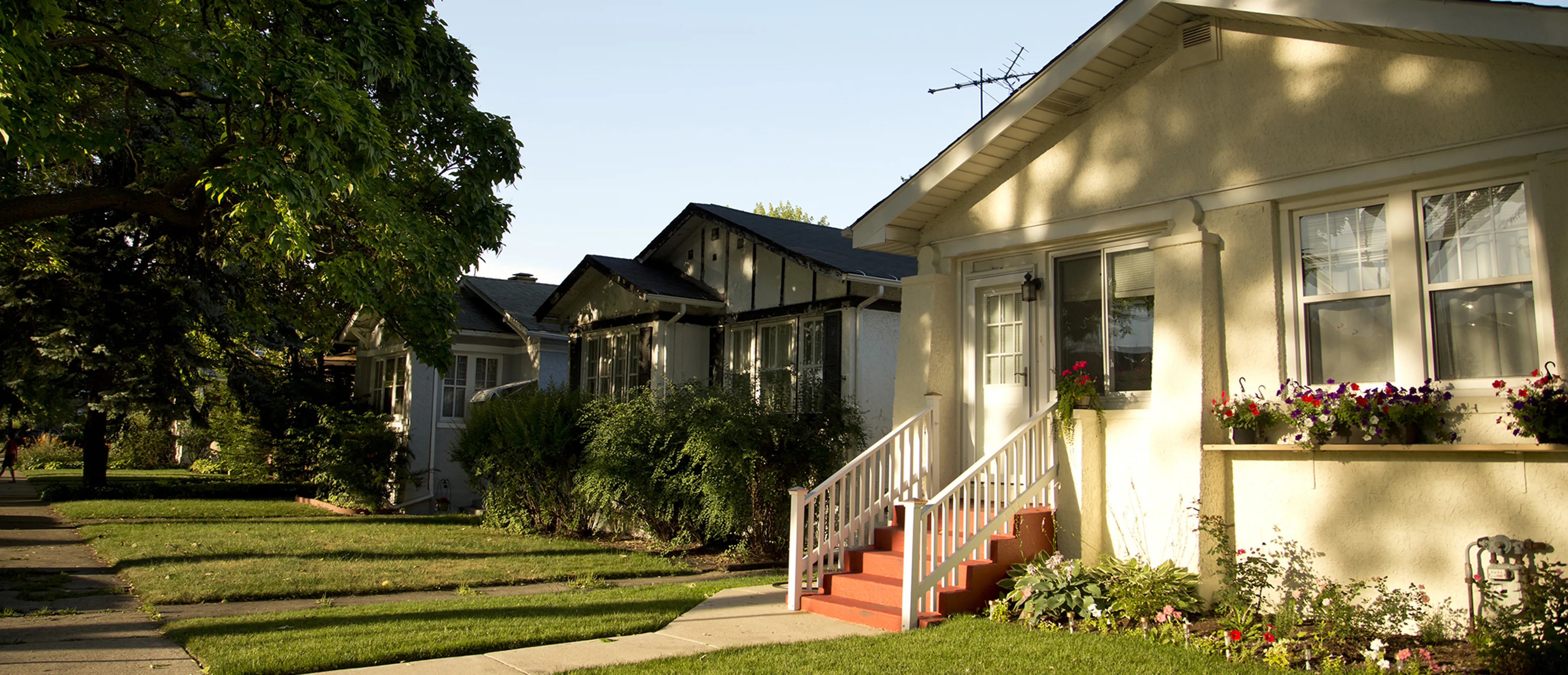History in South Deering
Vintage Restaurants
Calumet Fisheries
Brothers-in-law Sid Kotlick and Len Toll purchased the Calumet Fisheries in 1948 and created a restaurant that soon became famous for its oak-smoked seafood (including salmon steaks, trout, chubs, and shrimp) which is cured in a tiny smokehouse out back. There's no seating, no bathroom, and no parking, and credit cards are not accepted. Calumet Fisheries is located at 3259 East 95th Street in the South Deering neighborhood of Chicago It's strictly a carry-out operation, with the smoked shrimp and the smoked salmon being by far the biggest sellers. In 2010, Calumet Fisheries (which is still owned by the Kotlick and Toll families) was one of five restaurants honored by the James Beard Foundation as an American classic. To earn the award, the south side eatery demonstrated a timeless appeal and quality food reflecting the character of its community.
Incidentally, fans of the Blues Brothers may know that Jake and Elwood Blues, driving their second-hand police cruiser, pass directly in front of Calumet Fisheries as they accelerate and then hurdle the drawbridge over the Calumet River while "She Caught The Katy" blares in the background. Photographs of the movie sequence are on display inside the red-roofed shack, along with other memorabilia.
History in South Deering
Checagou
Trumbull Park Race Riots
In 1953, Donald and Betty Howard and their two children moved to an apartment at a public housing project known as Trumbull Park Homes at 10630 South Bensley Avenue in South Deering Chicago. Their presence as the first African-Americans in the neighborhood triggered a series of race riots. Their first few days at home were peaceful, but then a paving block was thrown through their front window, other windows were broken, stink bombs were hurled into their apartment, and effigies of African-Americans were burned on the streets. The nightly rioters made life extremely difficult for the Howards, but, to the city’s credit, the police protection was outstanding. Nearly 1,000 officers worked around the clock to prevent violence in the neighborhood, and a contingent of policemen essentially lived with the Howards for many months, escorting them to work and then back home again every day. According to the Encyclopedia of Chicago, African-Americans could not safely walk to a public park in the area until 1963.

